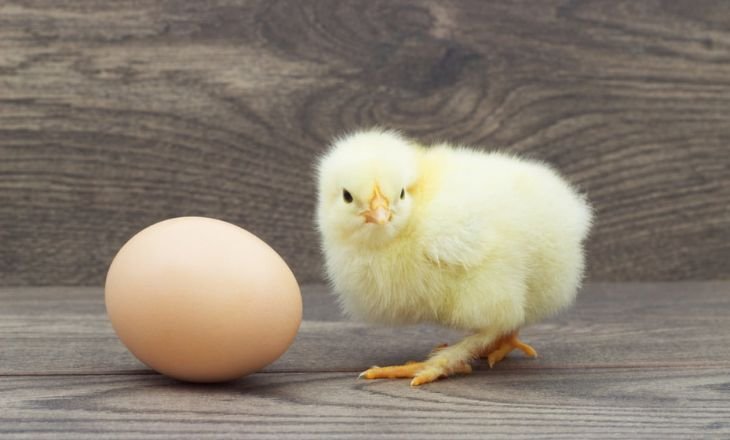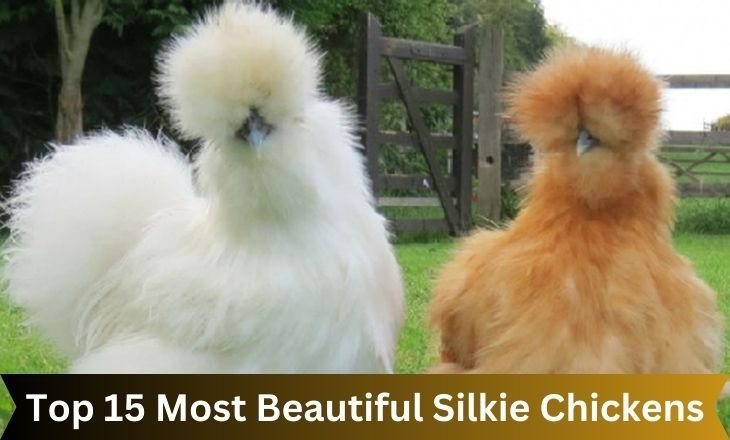Silkie chickens are a special breed that many people love. They have fluffy feathers and a calm attitude, often called the teddy bears of the chicken world. Originating in China, Silkies are known for their unique appearance, like their black skin and soft, silk-like feathers.
They also have rare blue earlobes. Their friendly nature makes them great pets for families or therapy animals. Whether you’re familiar with chickens or new to them, Silkies are beautiful, charming, and practical birds that will capture your heart.
Silkie Chickens Facts
Silkie chickens are special birds with fluffy fur-like feathers and five toes on each foot. They are known for being gentle and friendly, making them great pets for families. Silkies are also caring and maternal, often looking after chicks that are not their own.
Chicken Meat
Silkie chicken meat is tasty and has a special look and feel. It has black skin, dark bones, and soft feathers, making it different from other types of chicken. The meat is lean and tender, making it good for many dishes.
It is popular in Asian cooking and is becoming more popular in the West because it is healthy. It is high in protein and low in fat, making it a good choice for a healthy diet.
Chicken Weight
Silkie chickens have fluffy feathers that make them look like little clouds on their legs. They can weigh between 2 to 4 pounds, with males usually heavier than females. Weight can change based on age, diet, and genetics.
Despite not being the heaviest breed, Silkies are popular for their unique appearance and friendly nature. They are easy to handle and care for, making them a favorite among backyard chicken lovers.
Silkie Chicken Height
Silkie chickens are small compared to other breeds, reaching about 10-12 inches tall on average. They have a big personality and can be great pets for those seeking a friendly companion.

Chicken Colors
Silkies come in many colors besides white, such as black, blue, gray, and buff. Their fluffy feathers are soft like fur, which makes them unique. People like keeping silkies in their backyard or breeding them for shows because of their soft feathers and bright colors. Whether you like white silkies or darker colors like black or blue, each color has its charm.
Silkie Diet
Silkie chickens need a special diet that includes good poultry feed, fresh fruits and vegetables, and clean water. They also like treats like mealworms or cooked eggs. Protein is important for their feathers and health.
Silkie Chicken Characteristics
Silkie chickens are a special breed known for their fluffy feathers that feel like fur. They are gentle and caring, making them great mothers. Silkie chickens also form close bonds with humans and show affection towards their caretakers.
Can Silky Chicken Fly
Silky chickens are loved for their unique looks and gentle nature, which raises an interesting question: can they fly? Unlike stronger birds, silkies are not made for flying. Their soft, fluffy feathers and heavier bodies make it hard for them to soar.
This doesn’t take away from their charm; it shows how they have adapted over time. While silkies can’t fly like some birds, they can move quickly in short bursts. This allows them to hop awkwardly onto low perches or fences, which helps them escape predators and explore their surroundings.
Their playful jumps often surprise us, showing that they can be lively despite being grounded. So, while silkies stay on the ground when other birds fly, their energetic movements add fun to any backyard flock.
Do Silkie Chicken Lay Eggs To Eat
Silkie chickens lay eggs that are safe to eat, despite their small size and unique feathers. These eggs may look different with a pale white shell or small size, but they have the same nutrients as other chicken eggs.
Silkie eggs are known for their rich and creamy texture, making them popular among food lovers. They are high in protein, vitamins D, and B12. Many people enjoy the richer flavor of Silkie eggs in different dishes.
How Fast Do Silkie Chickens Grow
Silkie chickens grow slowly, taking about 5-6 months to mature and lay eggs. This slow growth affects their appearance and behavior. Diet, environment, and genetics can affect how fast Silkies grow. Giving them a balanced diet with protein and nutrients helps them grow healthily.

Do Chickens Like The Cold
Silkie chickens can handle cold weather well because of their fluffy appearance. Their feathers don’t have barbicels for insulation, but they have a downy undercoat that traps warm air close to their bodies, keeping them cozy in chilly temperatures.
Silkie chickens do well in colder climates like Northern Europe and Siberia because of their small size and ability to huddle together for warmth. They can handle frosty conditions easily, making them a great choice for backyard chicken keepers in cooler regions.
When Do Silkies Stop Laying Eggs
Silkies are popular backyard chickens known for their fluffy feathers and calm nature. Many people wonder when Silkies will stop laying eggs. Normally, Silkies start laying eggs at 7-9 months old and keep laying for about two years.
As they age, their egg-laying might slow down or stop. Different things like genetics, diet, health, and surroundings can affect when Silkies stop laying eggs. Some Silkies may lay eggs now and then as they get older, while others may stop laying regularly.
Chicken keepers should watch their Silkies‘ egg production and adjust things as needed to keep them healthy as they move past their best egg-laying time.
Chickens Health Problems Symptoms
Silkie chickens are cute but they can get sick. One common problem is Marek’s disease, a virus that affects the nerves and can make them paralyzed or blind. Symptoms include sudden death, weakness, and tumors.
Another issue is respiratory infections, which can come from bacteria or viruses. Signs may include coughing, sneezing, runny nose, and trouble breathing.
Owners should keep their chicken’s living area clean and well-ventilated to prevent respiratory problems. Another health issue in Silkie chickens is internal laying, where eggs are made inside the hen’s belly instead of being laid normally.
Chickens For Sale
Silkie chickens cost between $20 to $100 each, depending on factors like age, color, and breed quality. Some silkies with special colors or features can be pricier, ranging from $50 to $200 or more.
Despite being more expensive than other chicken breeds, silkies are popular for their cute looks and friendly behavior. They are good at hatching eggs naturally because they are known to be broody.
Silkie Rooster
The Silkie rooster is a favourite among poultry lovers because of its unique look and gentle nature. Its fluffy feathers resemble a soft cloud, making it visually appealing in any backyard coop. Unlike many roosters that are loud and aggressive, Silkies are calm and friendly. This makes them great pets for families and a good choice for teaching children about animal care.
Silkie roosters have distinct blue earlobes and five toes on each foot, which highlight their uniqueness. Although they don’t lay as many eggs as other breeds, they are excellent mothers. Silkies are known for being very nurturing and dedicated to their chicks. This caring nature is especially valuable in a mixed flock, where good parenting can help vulnerable hatchlings survive.
Having a Silkie rooster adds charm to your yard and introduces you to a world where personality is key in poultry.
Conclusion
Silkie chickens truly stand out as some of the most beautiful and captivating breeds in the world. Their unique appearance, fluffy plumage, and gentle nature make them a favorite among poultry enthusiasts and backyard chicken keepers alike.
Whether you’re drawn to their striking colors, elegant crests, or friendly personalities, Silkies never fail to charm those who encounter them. With their distinctive characteristics and endearing qualities, these birds bring joy and wonder to anyone lucky enough to own them.
So why not consider adding a Silkie chicken to your flock today and experience the beauty and magic they bring to your life?
Frequently Asked Question
What’s The Cutest Chicken?
Silkie chickens are often considered the cutest due to their fluffy appearance and friendly demeanor.
Is There A Queen Chicken?
Cinnamon Queens are known for laying a lot of eggs. They lay around 250-300 eggs every year, which is about five to six eggs per week.
Who Is The King Of Hens?
Brahma chickens are called the King of Chickens because they are very big. Brahma roosters weigh 12 to 18 pounds, while hens weigh 9 to 12 pounds.

